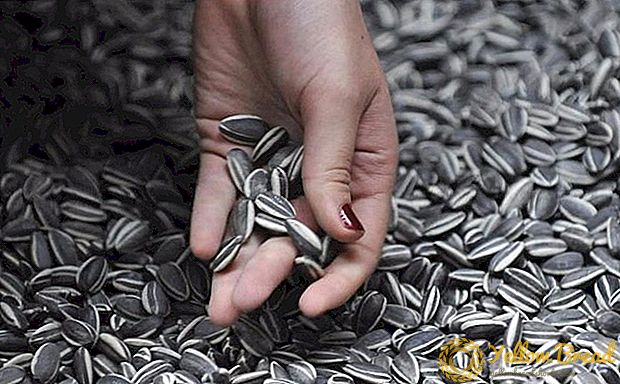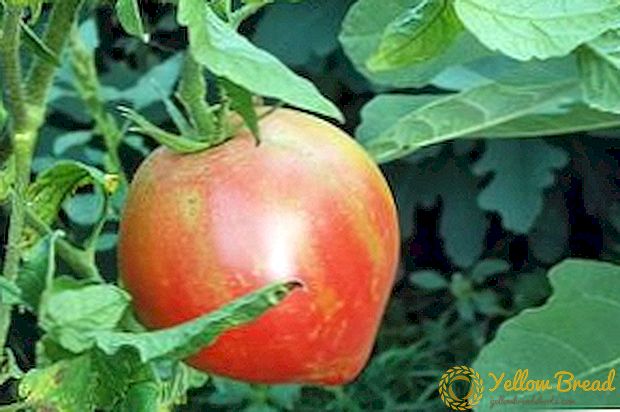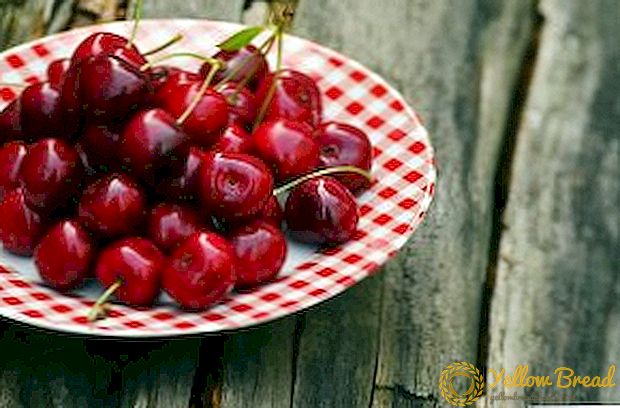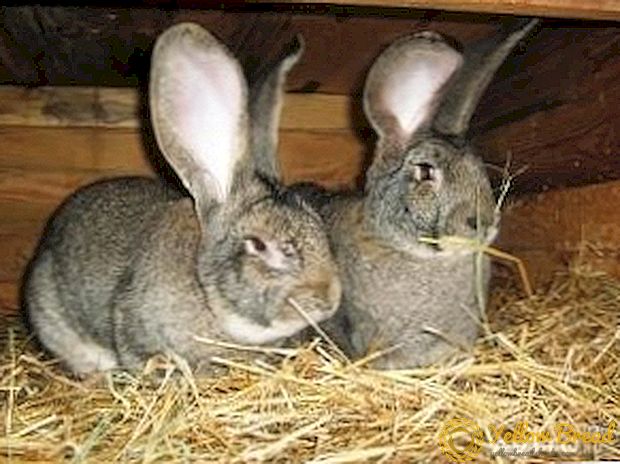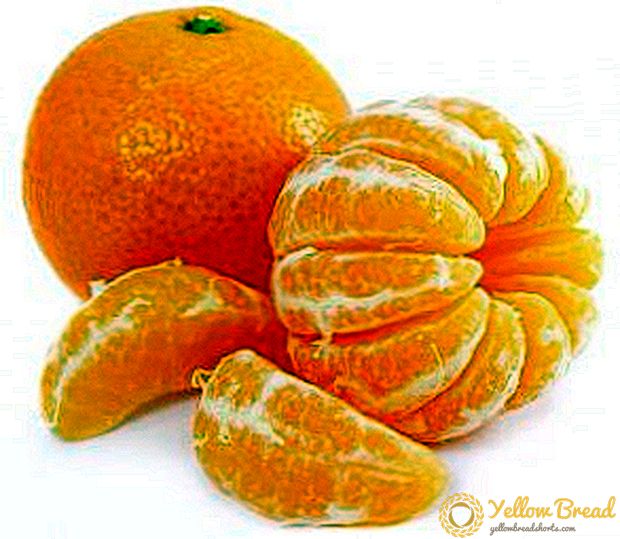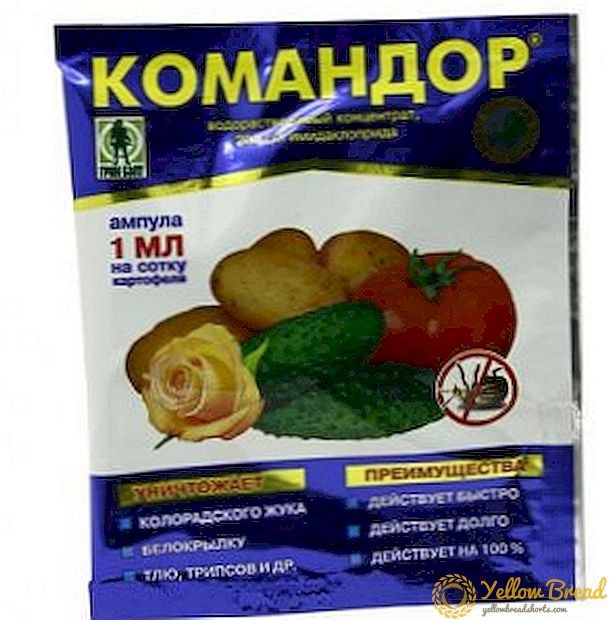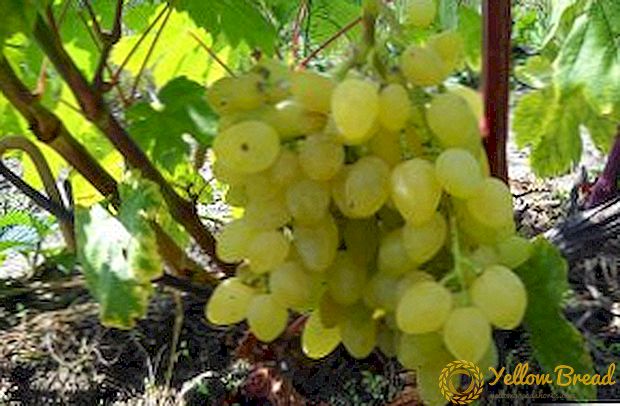 Grapes - one of the most popular plants for planting at their summer cottage. Every year all new and new, more and more attractive grades are deduced.
Grapes - one of the most popular plants for planting at their summer cottage. Every year all new and new, more and more attractive grades are deduced.
Some are characterized by a high degree of resistance to diseases and pests, some do not require too reverent care, others have unsurpassed taste, or mature very quickly.
There are those who, during breeding, harmoniously combined most of the positive characteristics and gained deserved popularity among gardeners. It is to such hybrids refers to the grape variety "Zarnitsa", or, as it is also called, "Arkady early".
- Breeding history
- Description
- Bushes
- Bunches
- Characteristic variety
- Yield
- Gestation period
- Winter hardiness
- Disease resistance
- How to plant grapes
- Timing
- Scheme
- Peculiarities of care
- Watering
- Fertilizer
- Pruning
- How to prepare a variety for winter
Breeding history
This variety arose during the long work of amateur breeder Viktor Krainov. Thanks to the crossing of popular grape varieties "Kishmish" and "Talisman", it turned out "Zarnitsa".
The winegrower set a goal: to bring out a plant that can grow in conditions of high humidity, to give a good harvest and not to get sick.Krainov coped with the task perfectly, and as he himself later noted, “Zarnitsa” became the best hybrid of bright grapes.
Description
Grapes "Zarnitsa" appeared only 22 years ago, but already managed to gain popularity among gardeners. If you read the description of the variety, it becomes immediately clear what caused it. Variety refers to the dining and early.
Bushes
The shrub has a high growth rate, young shoots appear in the shortest possible time. The foliage is of medium size, the lower part is covered with a down;
The flowers of the “Zarnitsa” are bisexual, therefore there are no problems with pollination, the process proceeds without additional efforts by the breeder. Permissible load on the bush - 22-24 shoots and 35-40 eyes.
Bunches
Clusters have the shape of a cone and impressive size, from 500 g to 1.5 kg in weight.Berries ovoid, 7-10 g each. The taste qualities of the grapes are excellent: juicy, soft pulp is harmoniously combined with a thin elastic skin.  In ripe fruit, the skin acquires an amber shade, they look very attractive. The pleasant sweetness of the berries is very often called honey; by the way, this grape contains 15-19% sugar with an acidity of 5-6 g / l.
In ripe fruit, the skin acquires an amber shade, they look very attractive. The pleasant sweetness of the berries is very often called honey; by the way, this grape contains 15-19% sugar with an acidity of 5-6 g / l.
Characteristic variety
This variety combines the very best qualities that he inherited from his parents. It is hard to believe in it, but it is characterized only from the positive side, and even if there are minor flaws, the advantages clearly outweigh them.
Yield
The systematic ripening of a rich harvest is one of the main trumps of the “Zarnitsa”. Every year he steadily bears fruit, thus bringing joy to his masters.
Gestation period
This variety belongs to the earliest, because the berries ripen in 115-130 days after the start of the growing season.That is, in the beginning-middle of August, you can start collecting a delicious harvest. 
Winter hardiness
The plant is highly resistant to frost, can calmly winter, even without shelter, at temperatures up to -23 ° C.
Disease resistance
Grapes "Zarnitsa" is very resistant to the effects of various diseases and pests. Even such a common disease, like mildew, is not afraid of this variety.
But if the shrub grows in very humid and at the same time hot climatic conditions, the disease can still descend. In the fight against it, it is effective to use Bordeaux liquid for spraying the vine.
The variety is also resistant to oidium or powdery mildew, which often causes a lot of trouble to the growers. Unappealing "Zarnitsa" and for wasps.

How to plant grapes
Proper planting of grapes is of great importance. If you accurately determine the time and prepare for this process in advance, consider that you are already on your way to a good harvest.
Timing
It is best to prepare a landing site in the fall. Saturated, rich soils are preferred for this variety, so it is desirable to add sufficient nutrients to the soil in September and ensure good drainage.
As a top dressing, it is recommended to use rotted manure mixed with ash - this nutrient layer should be at least 40 cm thick. Sawdust is placed on it, with a layer of approximately 10 cm. And already in the spring a seedling is placed in the planting hole.
Scheme
The pit for planting should be sufficiently deep and wide, 1x1 m. It is required to center the seedling so that it deepens by 15–20 cm stronger than in the container.  The rhizome of the plant is gently leveled and sprinkled with earth, which you need to ram a little. After that, the seedling is watered with plenty of warm water (about 20 liters).
The rhizome of the plant is gently leveled and sprinkled with earth, which you need to ram a little. After that, the seedling is watered with plenty of warm water (about 20 liters).
Peculiarities of care
Despite the fact that the plant is unpretentious, with the help of proper agricultural technology, you can easily achieve maximum yield and ensure good growth and development of the shrub.
Watering
Watering is needed only in very dry weather. It is very important to implement it correctly. Warm water should be poured directly under the rhizome, in any case not touching the shoots and foliage of the plant.
Excessive moisture, in the case of any grapes, can lead to disastrous consequences. 
Fertilizer
In the spring, it is recommended to apply fertilizers saturated with nitrogen. They are able to accelerate growth and increase the landscaping of shrubs.
Experts advise to pay attention to the vine and worry about the future harvest in the autumn, for this it is necessary to make drugs with a high content of phosphorus and potassium. Phosphorus has a beneficial effect on the root system of the shrub, so it is very useful for the plant.
Pruning
In spring and autumn, the shrub must be pruned. At the end of the growing season, this hygienic procedure is performed on 8-10 eyes.Pruning is carried out with disinfected inventory on the inside of the bush, trying to prevent severe damage to the vine. In the spring, dried or frozen out shoots are removed. 
How to prepare a variety for winter
Variety "Zarnitsa" beautifully winters without shelter at temperatures down to -23 ° C. If the thermometers in your region fall below, then after pruning all the vines must be covered.
To do this, dig pits around a shrub 30-40 cm deep, sprinkle with loosened soil and place a broom tree. Such a shelter will be quite enough for the plant to survive the winter without loss. It should be removed in the spring when the weather is warm.
The relatively young grape variety "Zarnitsa" has already been appreciated in many countries. In addition to simplicity, its main advantages include a stable high yield, ease of transportation and an excellent presentation of the product.
The berries remain attractive for a long time, do not burst and do not rot, which allows them to be grown for sale on an industrial scale.

